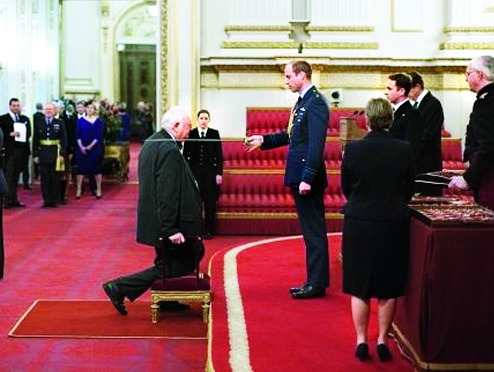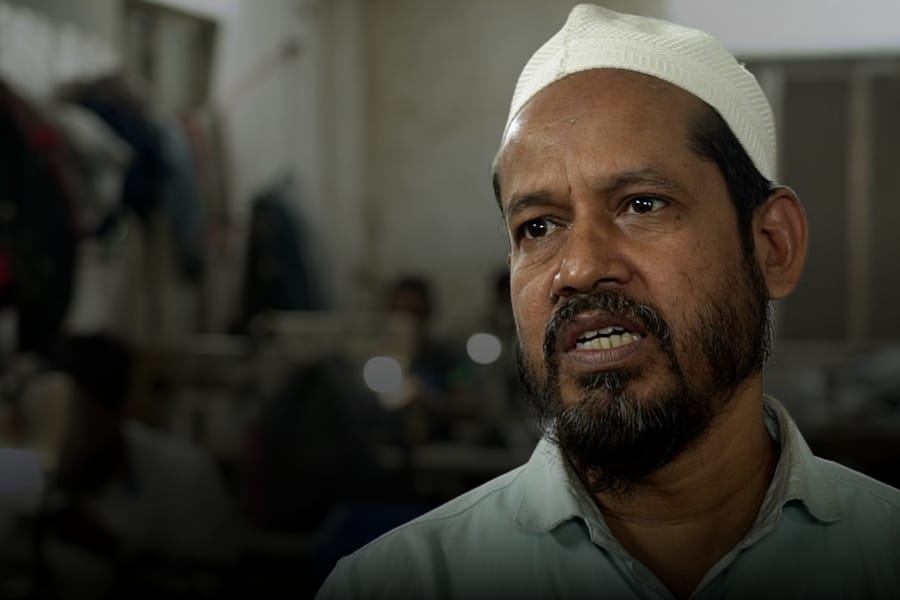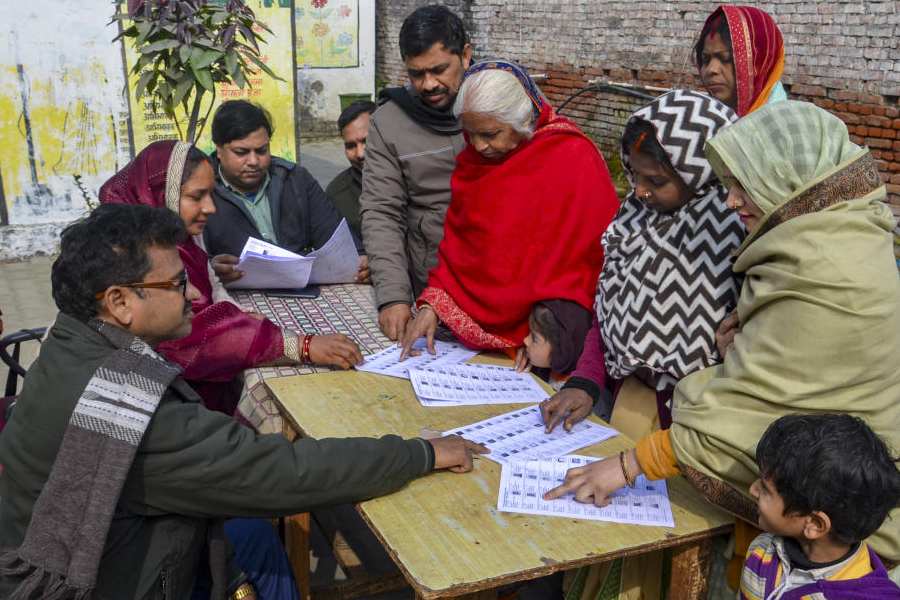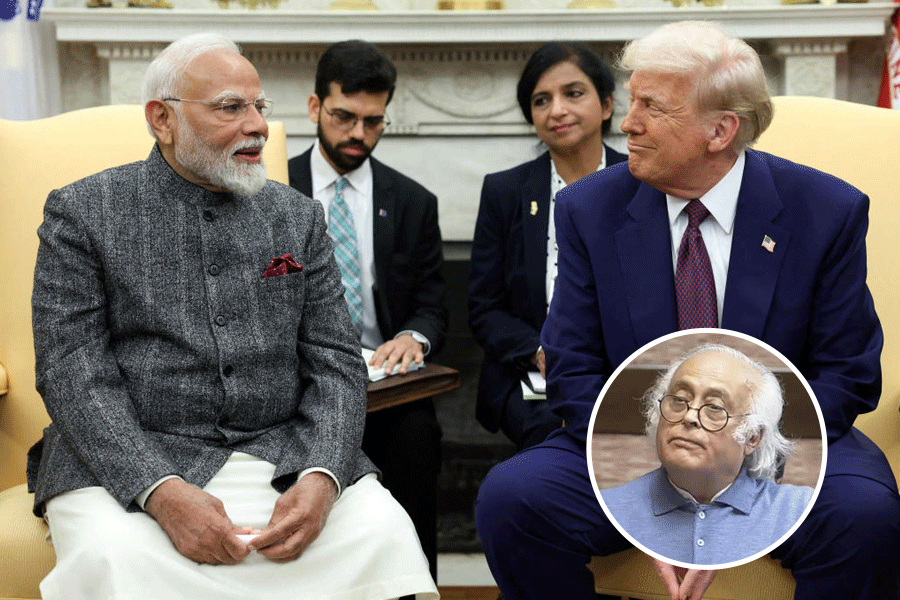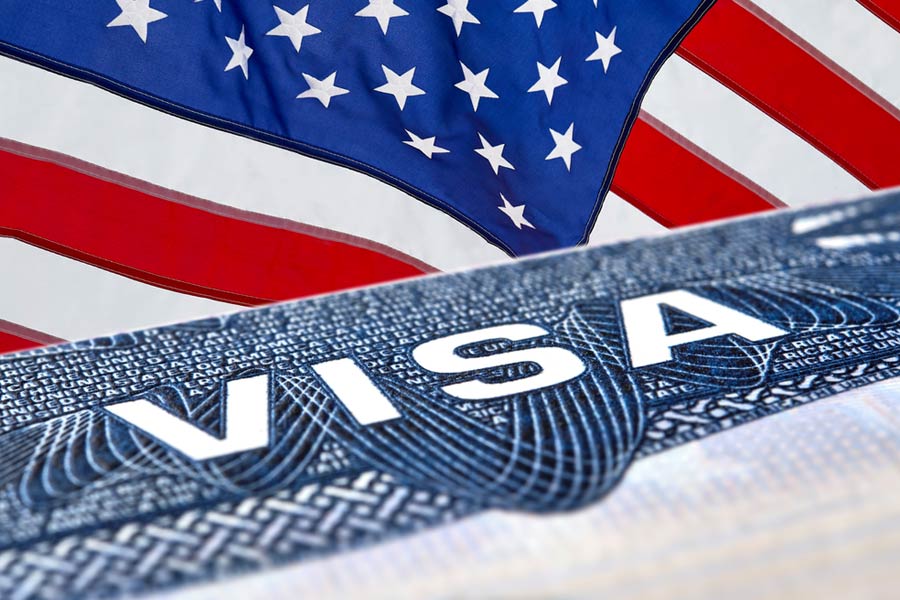
It is a year and a half since I last wrote about Angus Deaton, an empirical economist I enjoy and admire. I wondered what he had been doing since, and came across a picture of him kneeling on a velvet-covered stool while the Duke of Cambridge tapped him gently on his shoulder with an English sword on December 6: he is now Knight Bachelor, and can be called Sir Angus.
The previous year he was honoured less formally by King Gustav XVI of Sweden. The King sat with his consort, facing the hopefuls across a blue circle. When his turn came, Deaton walked across to the centre, and received the Nobel Prize from the King. He was given some time to inspect the Prize and the citation; then it was taken away to be displayed in the Golden Room of Stockholm city hall for two days while he discussed details with the Nobel Foundation about how and where his prize money should be sent. Finally, he got the Prize and the money. With the money in the bank, he could give up his chair: he retired from Princeton, and at last became an economist at large. The knighthood was different: no speeches, no medals, just a tap on the shoulder and it was done.
In his career of 45 years, Sir Angus has written over 160 papers - one every quarter on the average. He is also academically sociable; most of his papers have co-authors, including his significant other, Anne Case. Since one of his primary interests is the social aspect of economics, India was bound to figure amongst his interests. His first papers on India were written in collaboration with Shankar Subramaniam, who was commuting between Cornell and the Indira Gandhi Institute of Development Research in the 1980s; he introduced Sir Angus to the household expenditure statistics of the National Sample Survey.
The next time he dealt with India was in a joint paper in 2005, with his ex-student, Alessandro Tarozzi; about the same time, he also surveyed the Indian poverty debate for the World Bank. The government of India had created an expensive poverty alleviation industry, which relied on massive calculations based on the NSS. They included spatial and temporal indexes of cost of living. Deaton and Tarozzi found serious shortcomings in the way these indexes were calculated. For instance, every index is based on weights proportional to commodities' shares in consumer expenditure. Adding together expenditure would give disproportionately high weight to rich consumers since they would have spent more than poor consumers. Tarozzi and Deaton said that instead of calculating such plutocratic indexes, the estimators should calculate democratic indexes by taking an unweighted average of expenditure shares. Official statisticians routinely calculate Laspeyres - base-weighted - indexes because the weights are available right at the beginning. Deaton and Tarozzi pointed out something that economists learn in their first year and governments seldom do - that Laspeyres indexes overestimate the actual rise in prices; Paasche - end-weighted - indexes underestimate it. Marshall proposed a way to get over the problem 130 years ago: that one should take the geometric mean of base and end-weights. Irving Fisher and Leo Törnqvist also wrote down formulae that solved the problem. But Deaton's criticism was ignored; the poverty industry continued in its outdated ways until it was abolished, together with the planning commission, by Narendra Modi.
Jean Drèze has studied, taught about and practised poverty for decades. In 2002, he criticized poverty ratio estimates. For instance, different household expenditure surveys use different recall periods. Goods that are bought infrequently will figure in surveys with longer periods, which will therefore show higher expenditure and less poverty. That was followed by his first joint paper with Deaton in a 2002 Economic and Political Weekly issue. They read the three NSS household expenditure surveys of 1987-88, 1993-94 and 1999-2000 to conclude that there was a significant fall in poverty and rise in inequality. They pointed out the crudity of the official poverty headcount ratio and suggested its replacement by poverty gap - that is, the proportion of population below the poverty line. They wrote another paper in the EPW seven years later where they went through various possible explanations of the fact that as Indians got richer, they had been eating fewer calories and less protein with no obvious ill-effects. They left the problem unsolved and proposed turning to anthropometrics.
In 1989, Deaton noted other economists' observation that boys were more valued than girls in some countries including India. If that were so, it must show in the consumption of households with different numbers of boys and girls. But household expenditure surveys do not give data on the consumption of individual members. Deaton reasoned that if families spent more on boys, this must show in adults' consumption: at the same level of household expenditure, adult men should spend less on themselves if the family had more boys. Deaton found this to be untrue in Côte d'Ivoire, but discovered something unexpected: that families with more men spent more on adult goods such as drink and tobacco, and implicitly less on women. Amongst men, families spent more on young men than on old men. In Thailand, surprisingly, families with more men spent less on tobacco, alcohol and eating out. Apparently, these are social goods that men consume when they are out together; when the family grows, hanging out becomes less frequent, and so does consumption of these goods.
In the 1990s, Richard Wilkinson showed that greater inequality was associated with poorer health across the United States. Deaton and Ludovsky showed in 2003 that this association was related to the proportion of blacks in different localities; while both blacks and whites showed the correlation separately, the relationship was present but less strong within each group. They also showed that the relationship between inequality and morbidity amongst whites was stronger in places where the proportion of blacks in the population was higher. They speculated that living in a place with more blacks stressed whites so much that they died earlier. But then they found the same phenomenon in Canada, where interracial relations are much better than in the US. So in this one case, they could not find an explanation.
Of his recent work, I find his analysis of some Gallup poll data on religion of interest. In most countries of the world, women are more religious than men, and older people are more religious than younger ones. Religious people are healthier than non-believers; this is truer of men than of women, and in poorer than in richer countries. Does that mean that an old man can become healthier if he starts going to the mosque or the church? Deaton does not go so far, but he thinks there is something to explain here.
Finding new statistics and asking what questions they can answer; asking questions and looking for figures that might answer them: this is what Deaton has done all his life, and got lots of fun out of. He has not always got the answer; nor were the answers he found always perfect. Often he has gone back and changed the answer. But as T.S. Eliot said, "The journey, not the destination matters."

